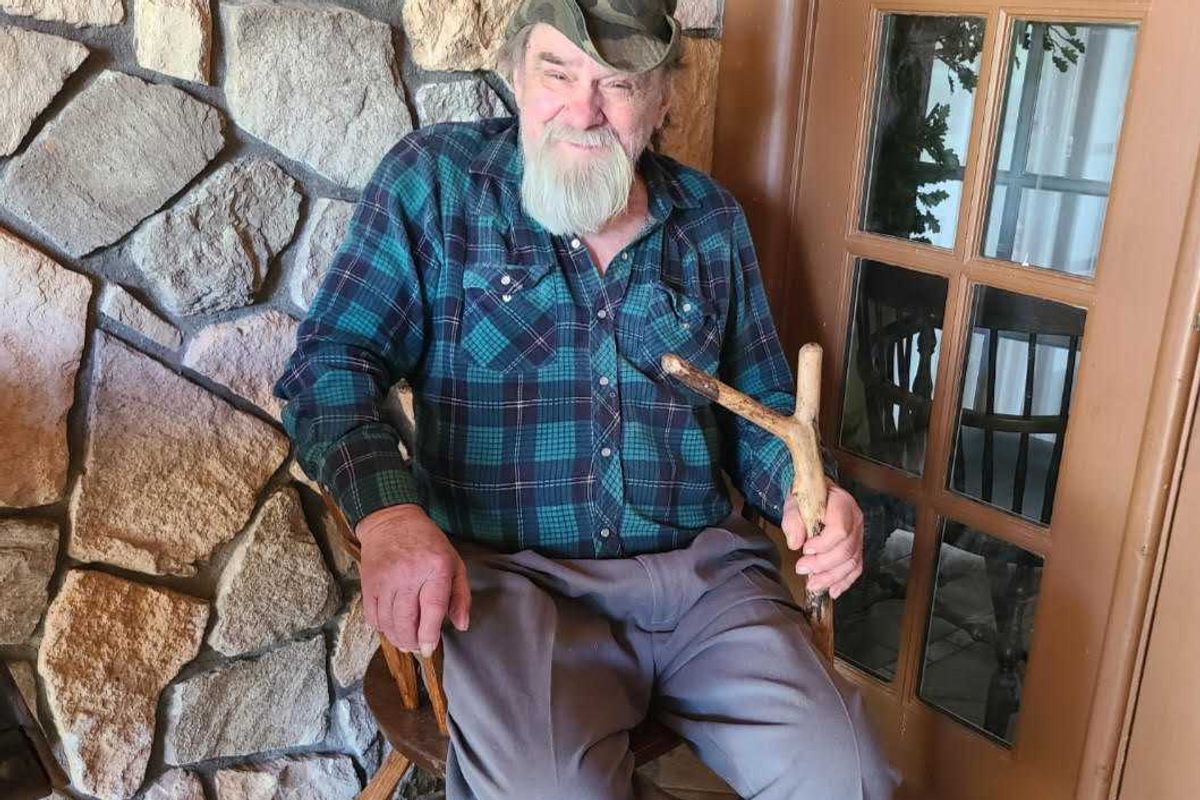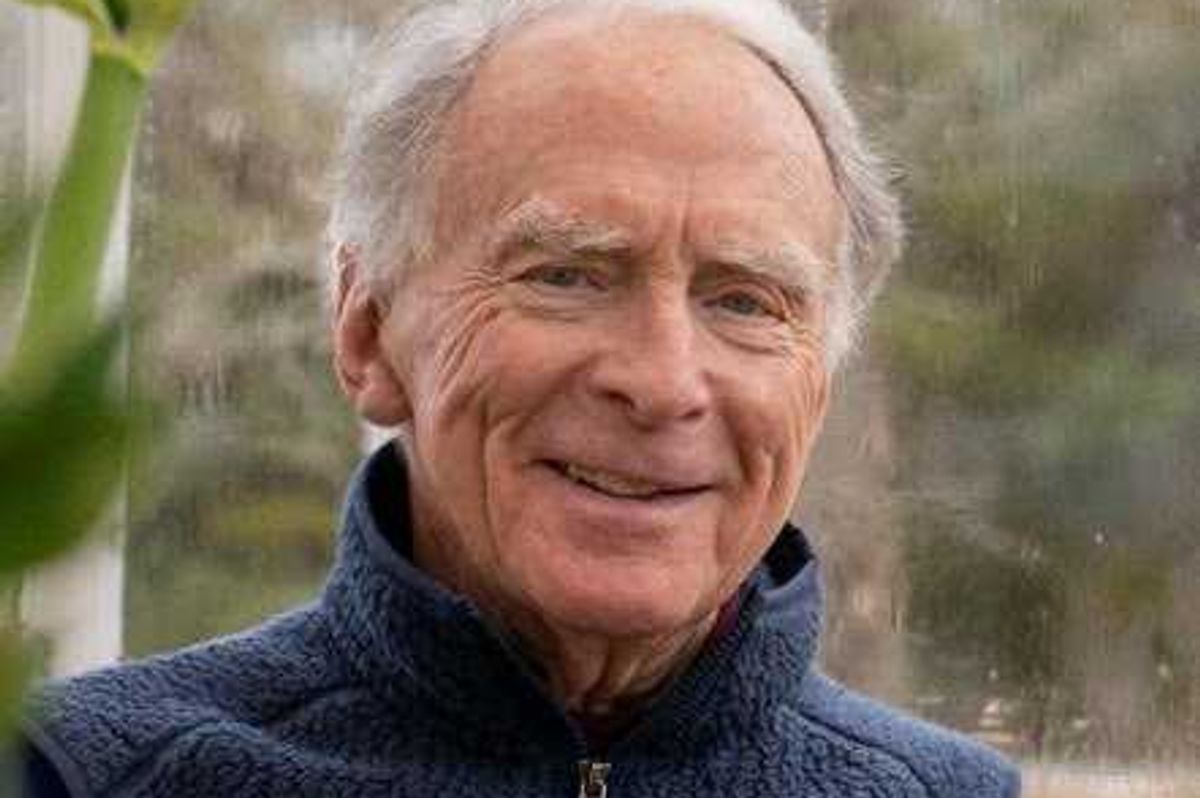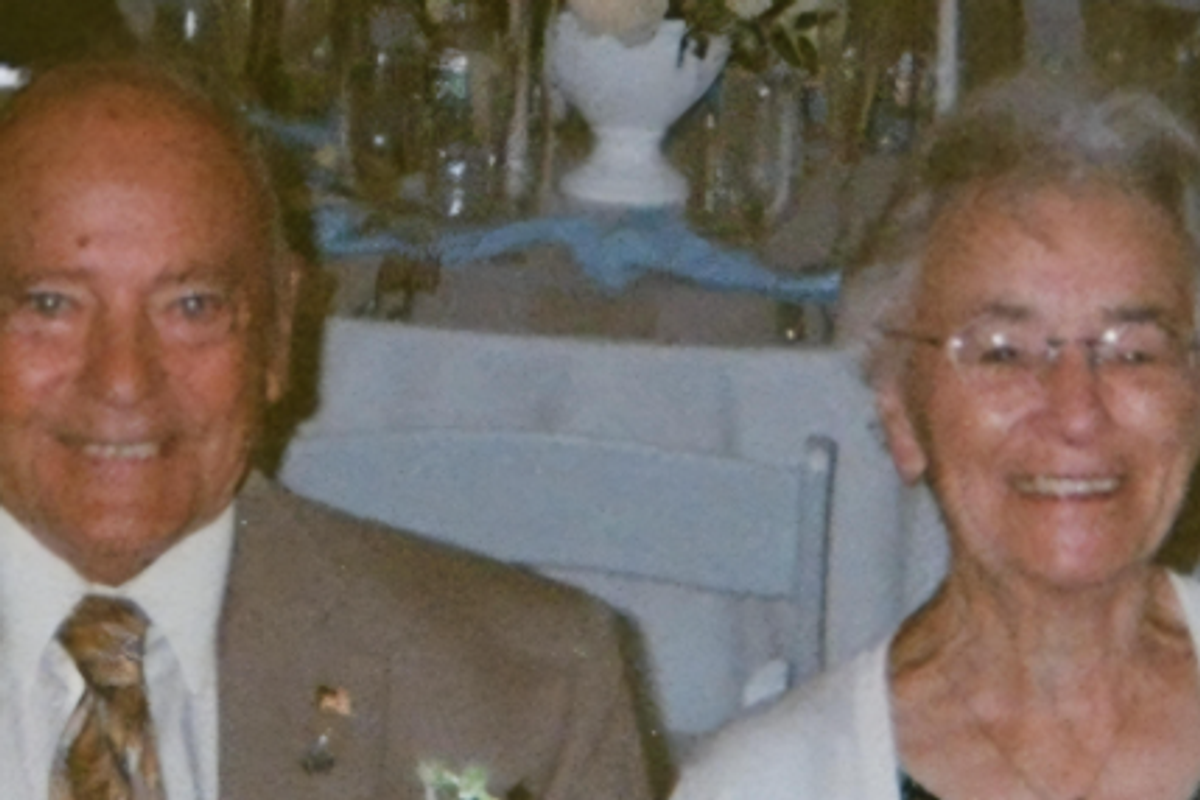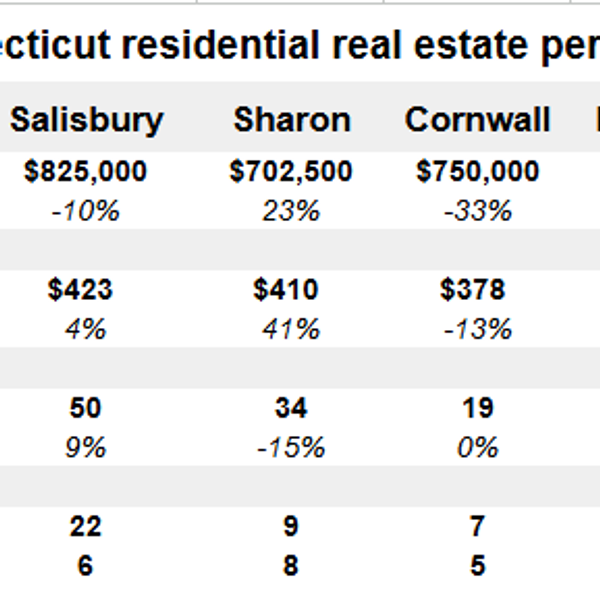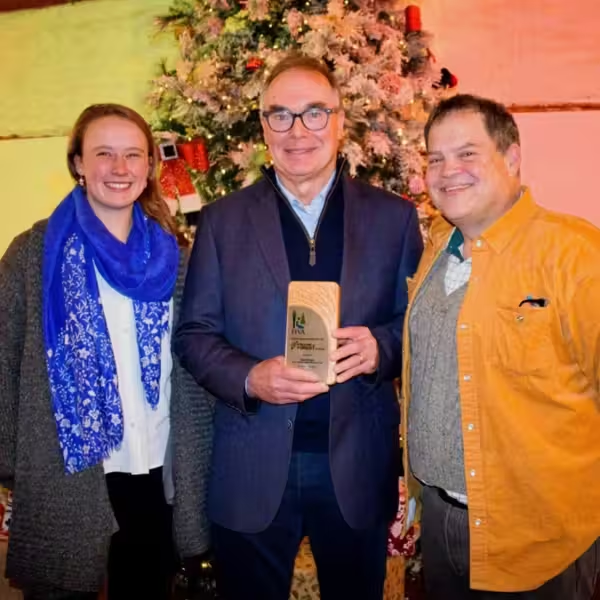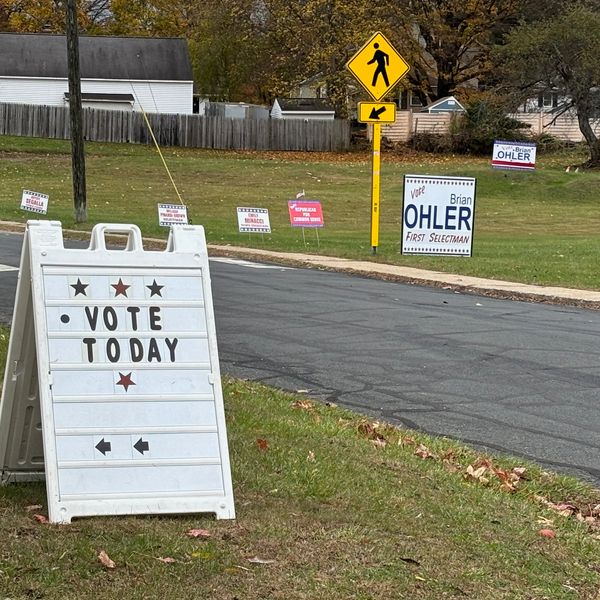Teaching Children — and Finding Hope — in a COVID-19 World

Jandi Hanna helps children with communication and verbal expression as a speech pathologist at Lee H. Kellogg School and Cornwall Consolidated School in Connecticut. She continued to teach students “virtually” in quarantine, and has returned to in-person lessons this school year.
Photo by Alexander Wilburn






